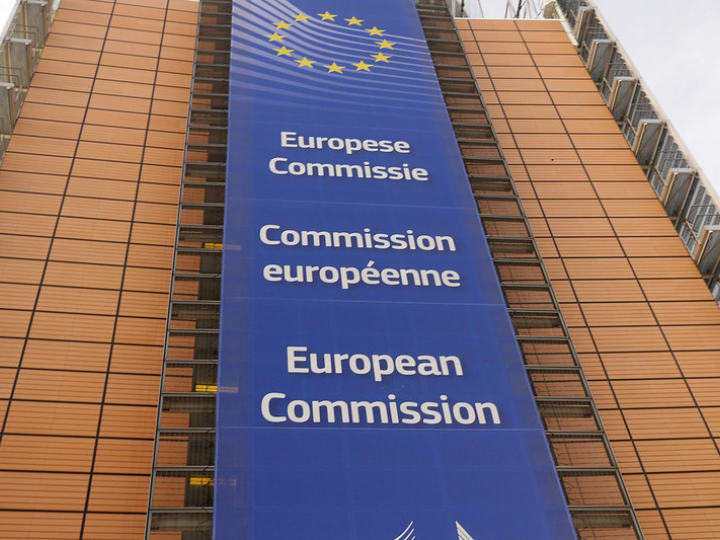An estimated 460 million international tourist arrivals were recorded worldwide in the first seven months of 2005. This represents an increase of some 25 million arrivals compared with the respective period of 2004, or 5.9% growth, according to the preliminary data gathered for the new issue of the WTO World Tourism Barometer, presented on Monday, the first day of the WTO international conference on the Tourism Satellite Account in the Iguazu region.
The year-to-date increase is very much in line with WTO's initial forecasts for the twelve months of 2005. According to the updated forecast in this Barometer, the year as a whole is expected to end with an increase of 5 to 6%. This can be considered exceptional because international tourism is not only on track to consolidate the bumper year of 2004 (+10.7%), but it will also exceed the forecast long-term average growth of 4%.
Global tourism trends confirm that growth has slowed. The first quarter’s 9% rise halved in the second quarter (+4%), partly as a result of early Easter holidays, which fell in March this year. Month-on-month growth for March is estimated at +15%, with April at 0%, May at +7%, June at +6% and July at +5%. This slowdown was to be expected, as tourism tends to grow faster in the shoulder season than in the high season. This is because available transport and accommodation capacity can be a constraint at times of peak demand. On the other hand, it is also a sign that world tourism is entering a more sustained phase of growth.
Leisure tourism has once again outperformed business tourism, boosted by the increasing availability of low fares for short-haul travel and by pent-up demand still being released for long-haul destinations. But anecdotal evidence points to a recovery in demand for business tourism, including the meetings, incentives, conferences and exhibitions (MICE) sector. Cruise tourism has also recorded above-average growth this year so far.
Little impact from external threats
Many events and developments have combined to potentially undermine tourist confidence. Even though some countries are still recovering from the effects of the devastating Indian Ocean seaquake and tsunami, this has not noticeably influenced world, or regional, tourism trends–as predicted by WTO at the beginning of the year. The same is true with regard to the recent bomb attacks in London, Turkey (Kusadasi, Istanbul and Ankara) and Egypt (Cairo and Sharm el-Sheikh), which have been compounded by airline accidents and natural disasters, including floods, droughts, hurricanes and earthquakes.
The industry has once again proved how resilient it is to shocks. In terms of consumer behaviour, it is quite evident that travellers have been undeterred by external threats. At the global level the impact of such shocks has been negligible. They may have led to temporary shifts in travel flows, but they have not stopped people travelling. At the local level, the impact can be severe in the affected areas, but in most cases this is surprisingly short-lived.
It is too early to assess the likely impact of Hurricanes Katrina and Rita, which occurred only last month. It will certainly take time to get New Orleans--one of the United States’ top leisure tourism and convention destinations--back on the map. The cruise industry’s capacity has also been temporarily reduced, as the US Government decided to charter various ships to house emergency services personnel following the hurricane.
Not surprisingly, uncertainty over oil prices--and therefore, airfares and fuel generally--is also prevalent. Nevertheless, most airlines and other companies have held back over the past few months from passing on full energy price rises to consumers because of the highly competitive environment in which they operate. Some experts on the WTO Panel, voicing concerns expressed also by the International Monetary Fund (IMF), fear that higher oil prices could also slow economic growth, and lead, in the longer term, to perceived declines in disposable income.
Regional results
Most regions and subregions have enjoyed sustained growth in tourism demand during the first seven months of 2005, despite normal fluctuations from one month to another. Available information suggests that Africa and Asia-Pacific are the best-performing regions of the world so far this year (+9% each). The Americas is enjoying another good year with region-wide growth averaging 7% through the end of July. Growth for Europe in the same period is estimated at 5% and that for the Middle East at 3%.
Central America (+15%) is by far the leading subregion in terms of growth, ahead of North-East Asia (+12%) and South America (+10%).




 By: N. Peter Kramer
By: N. Peter Kramer

